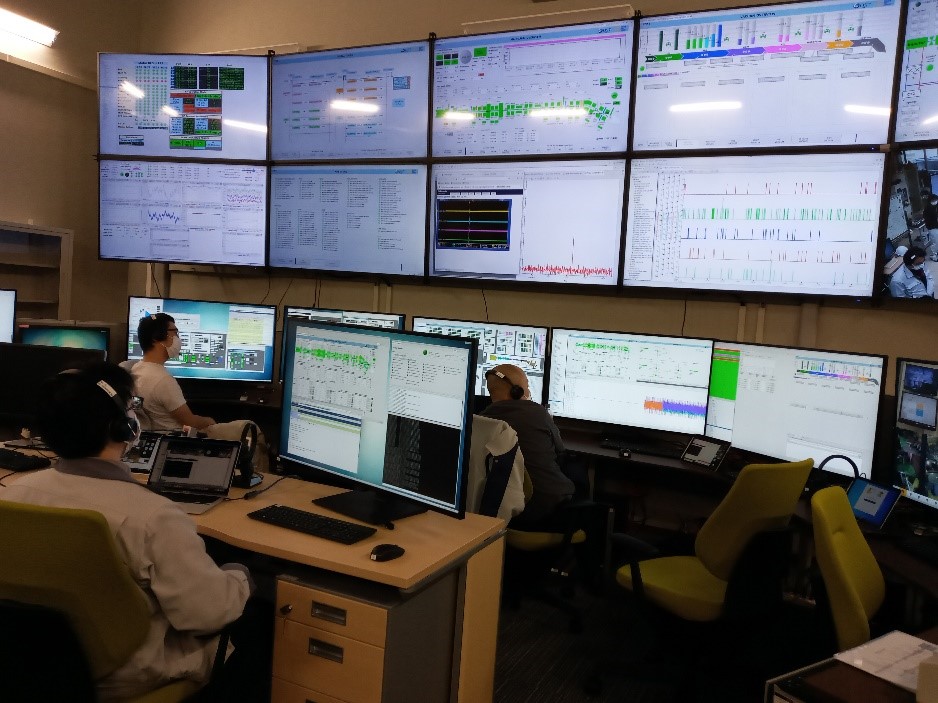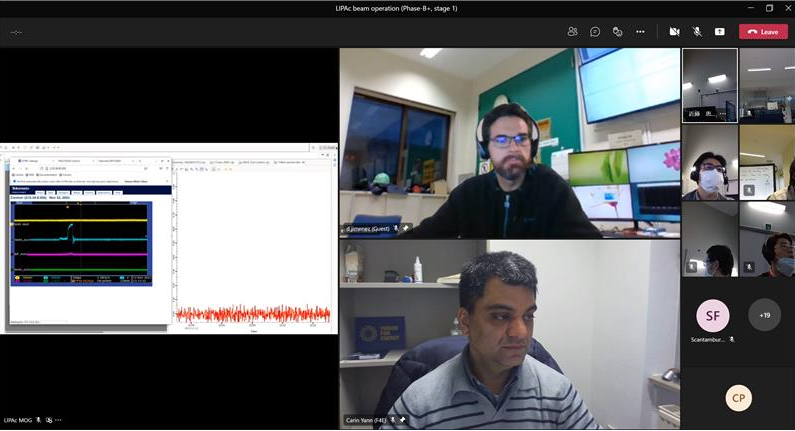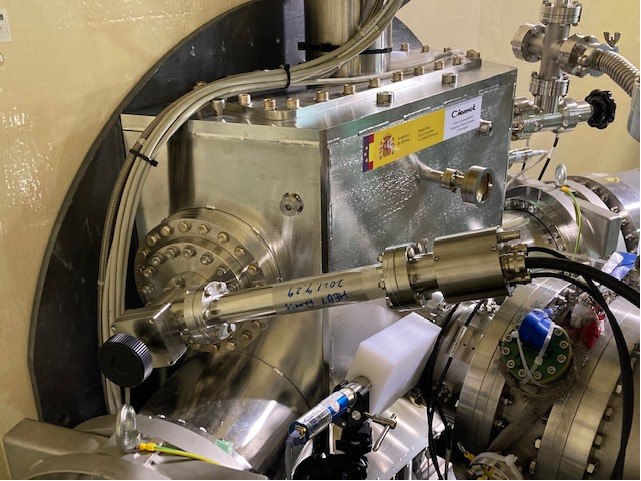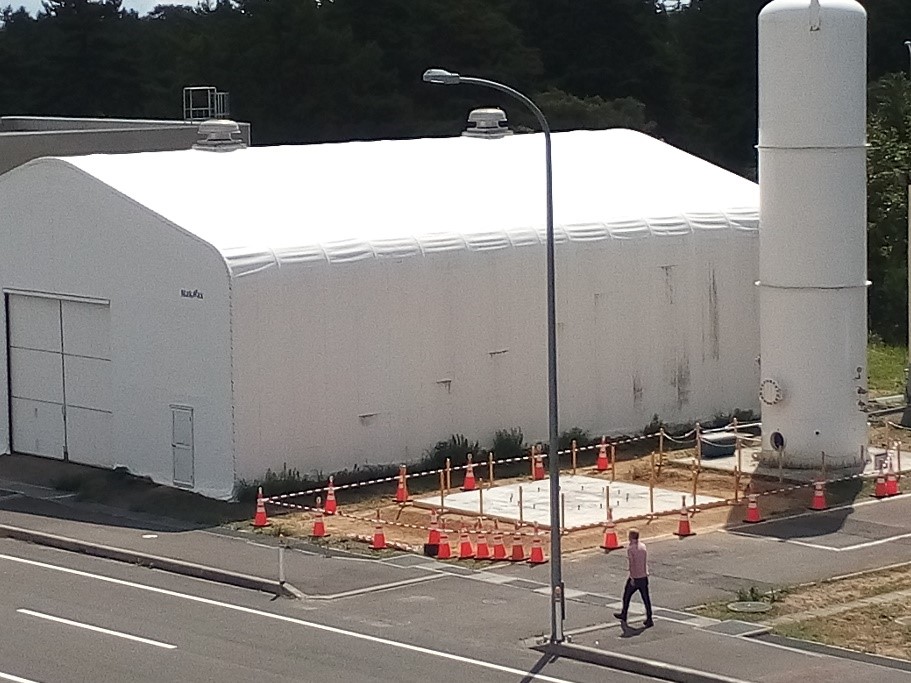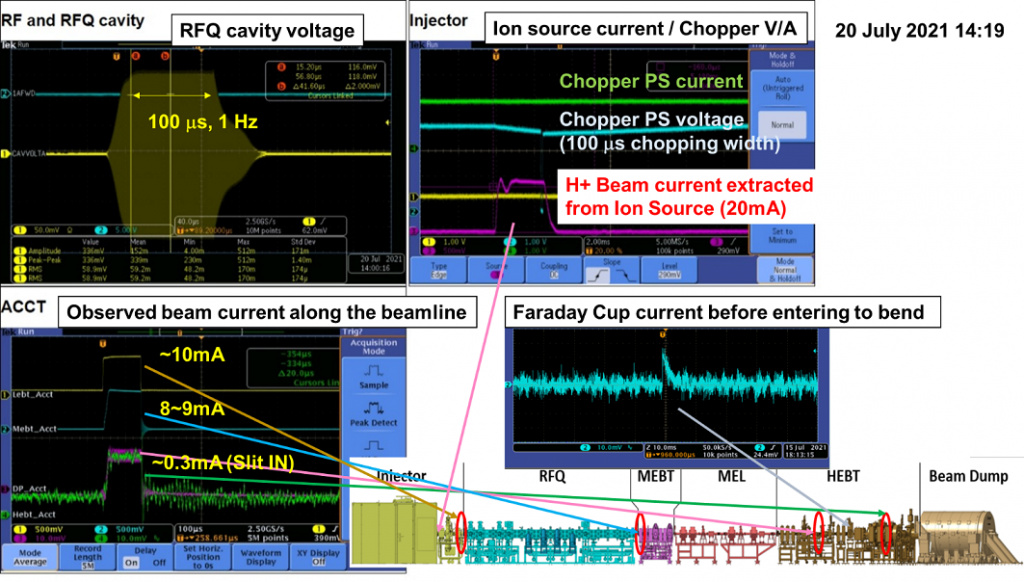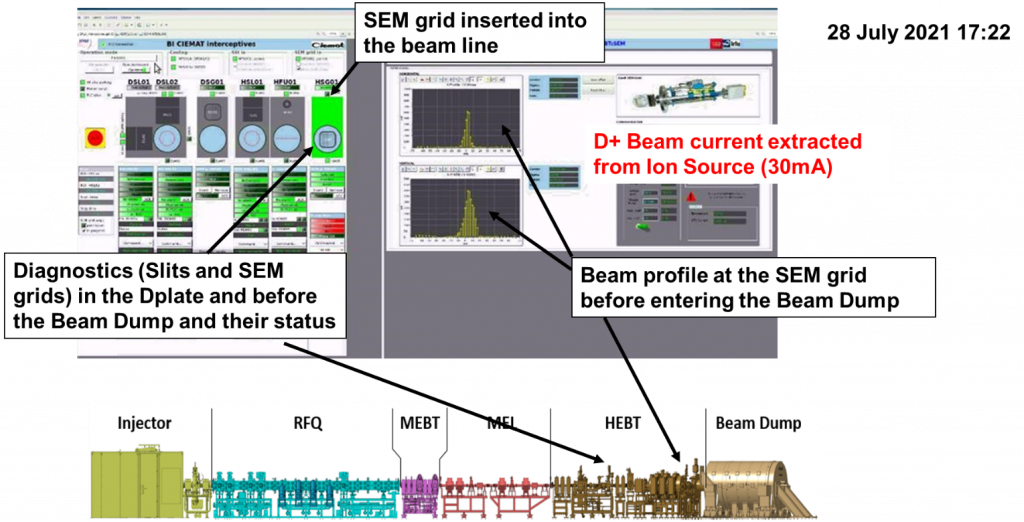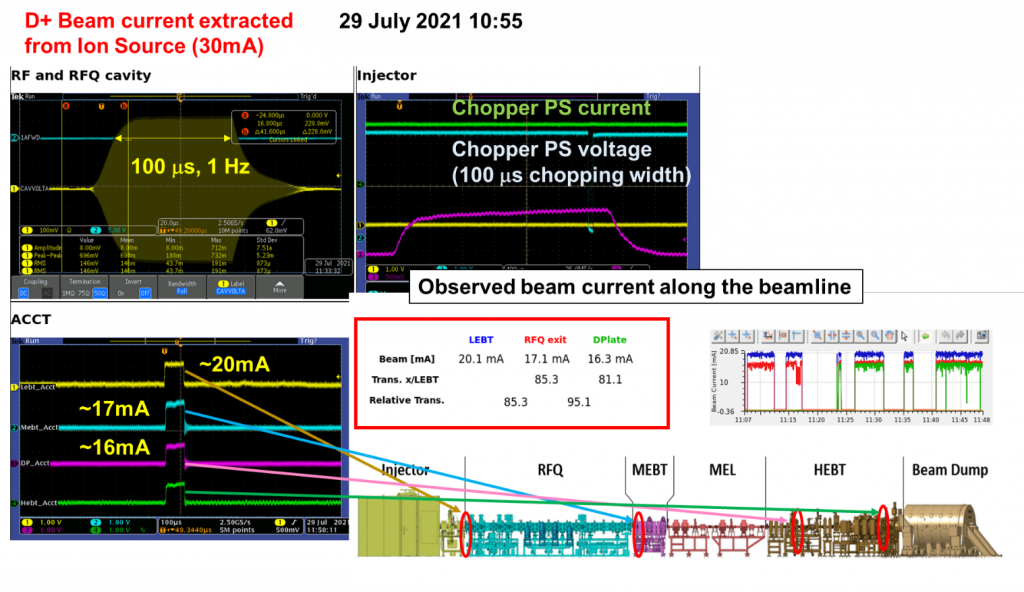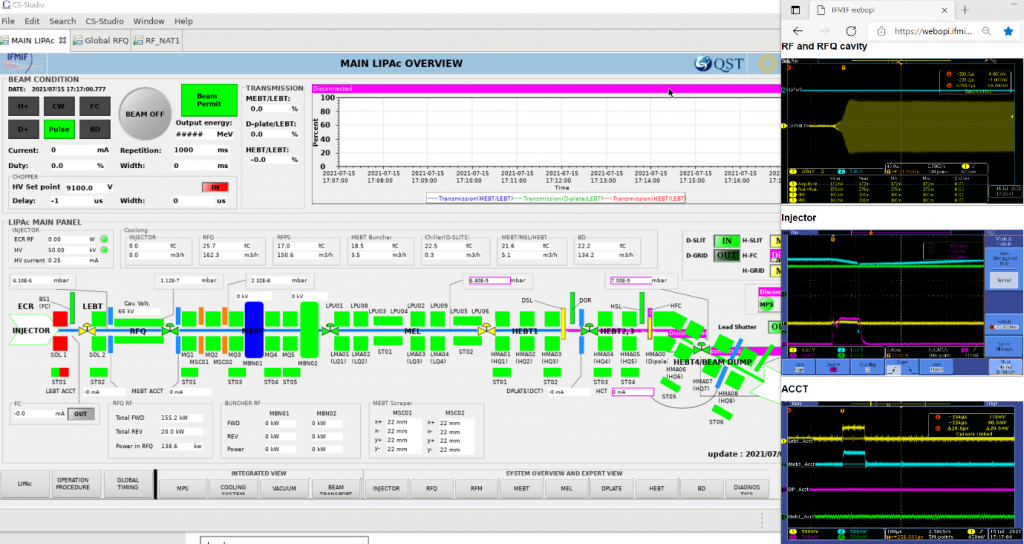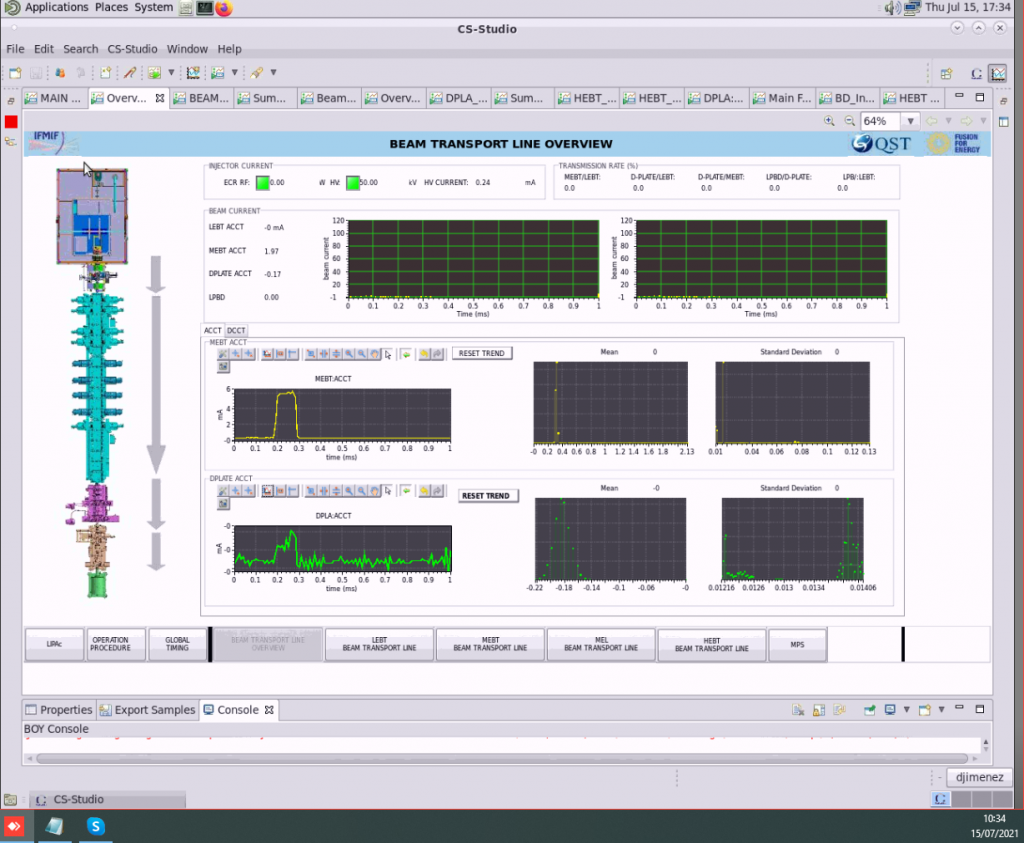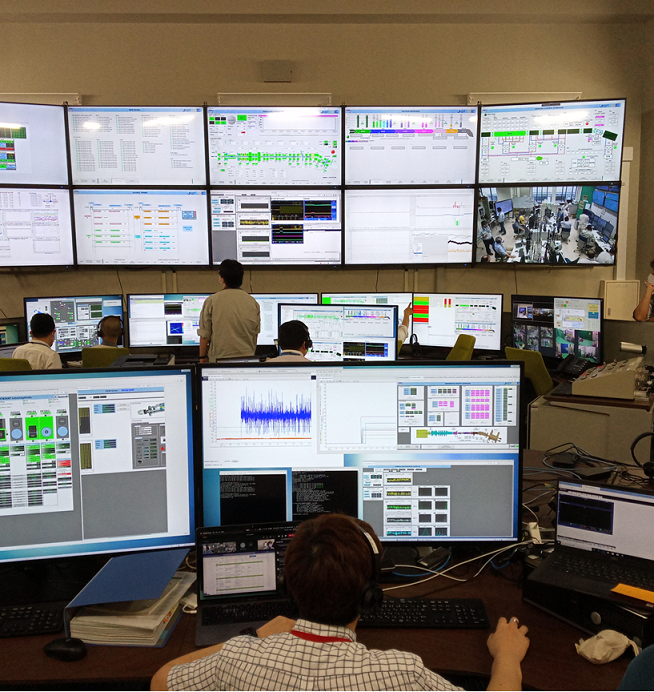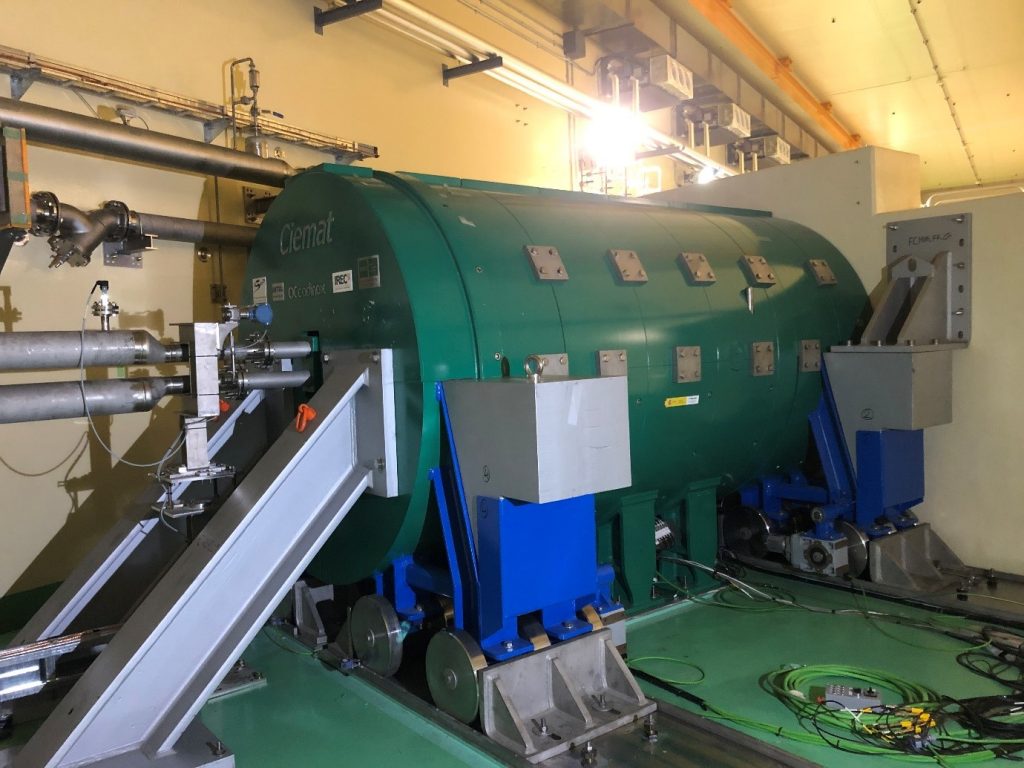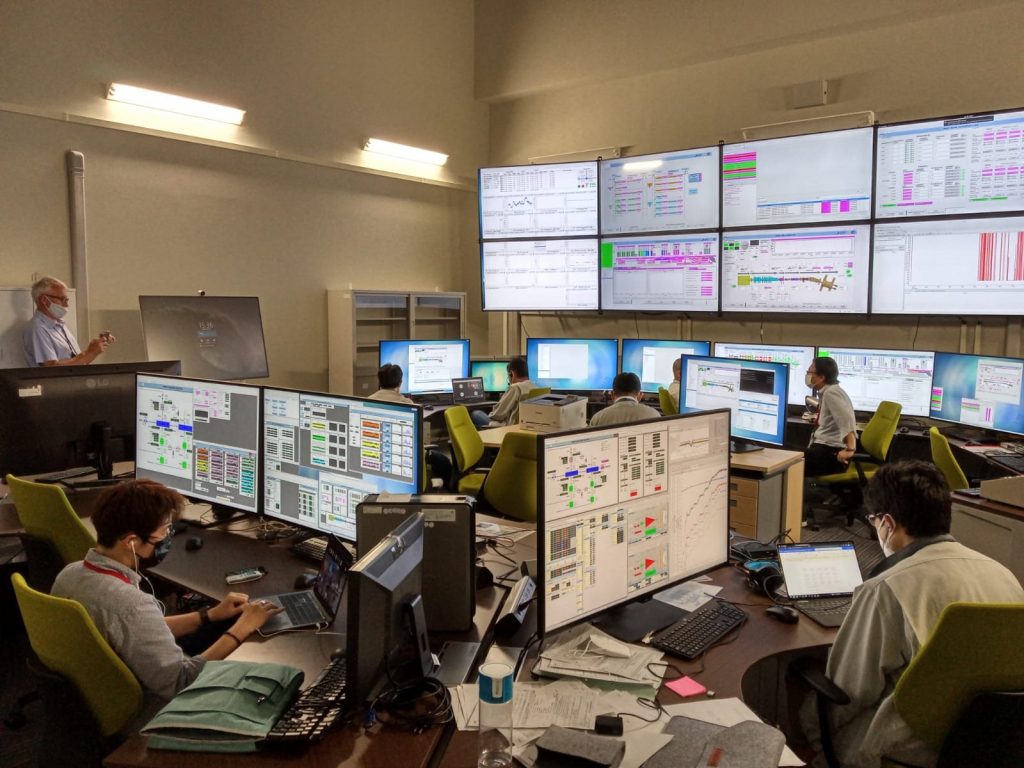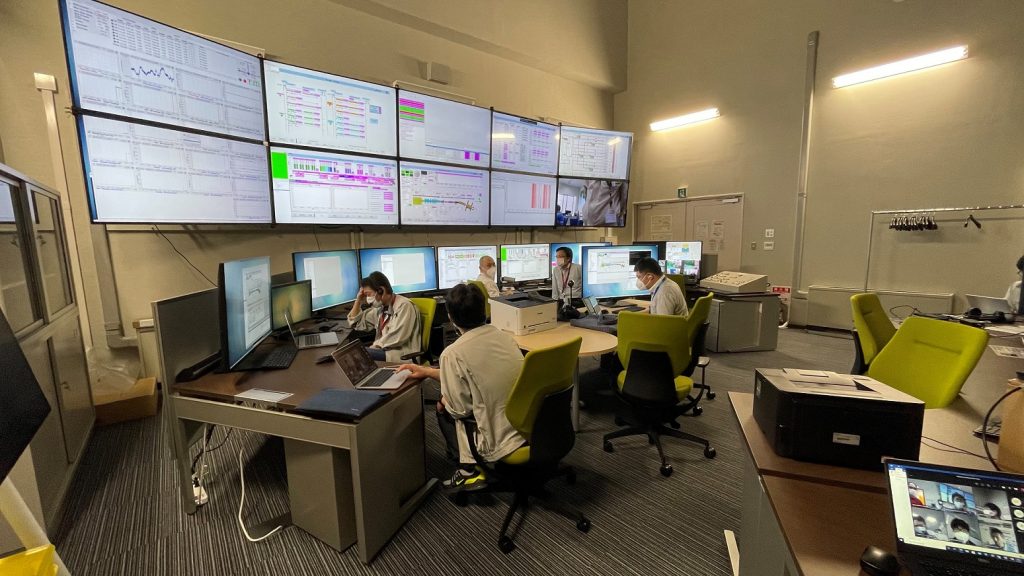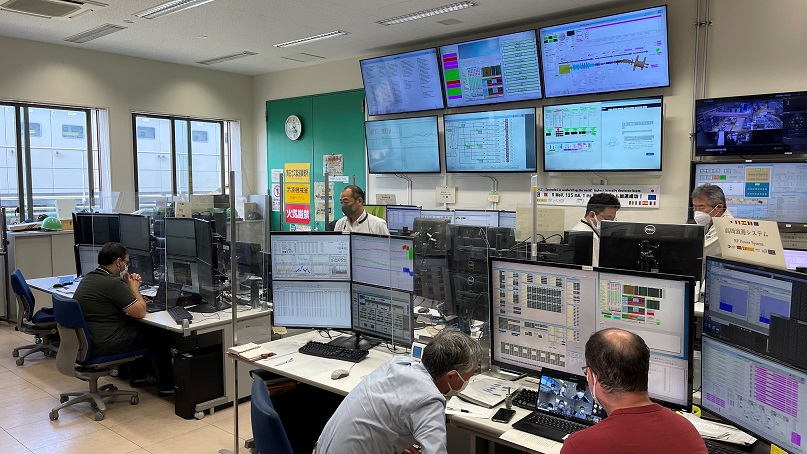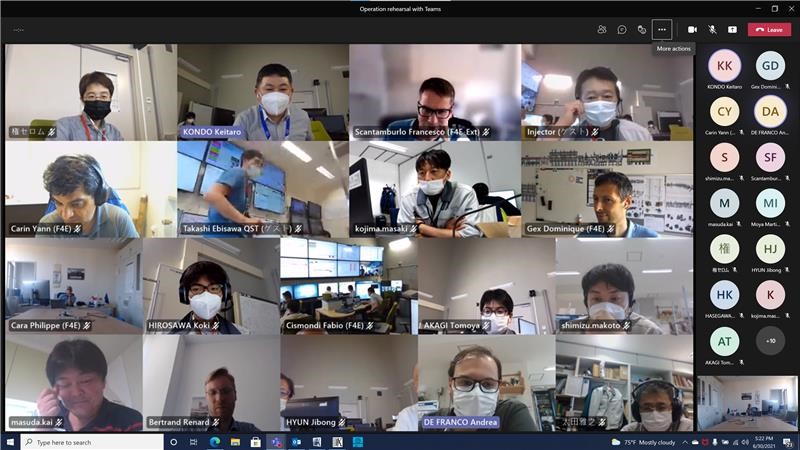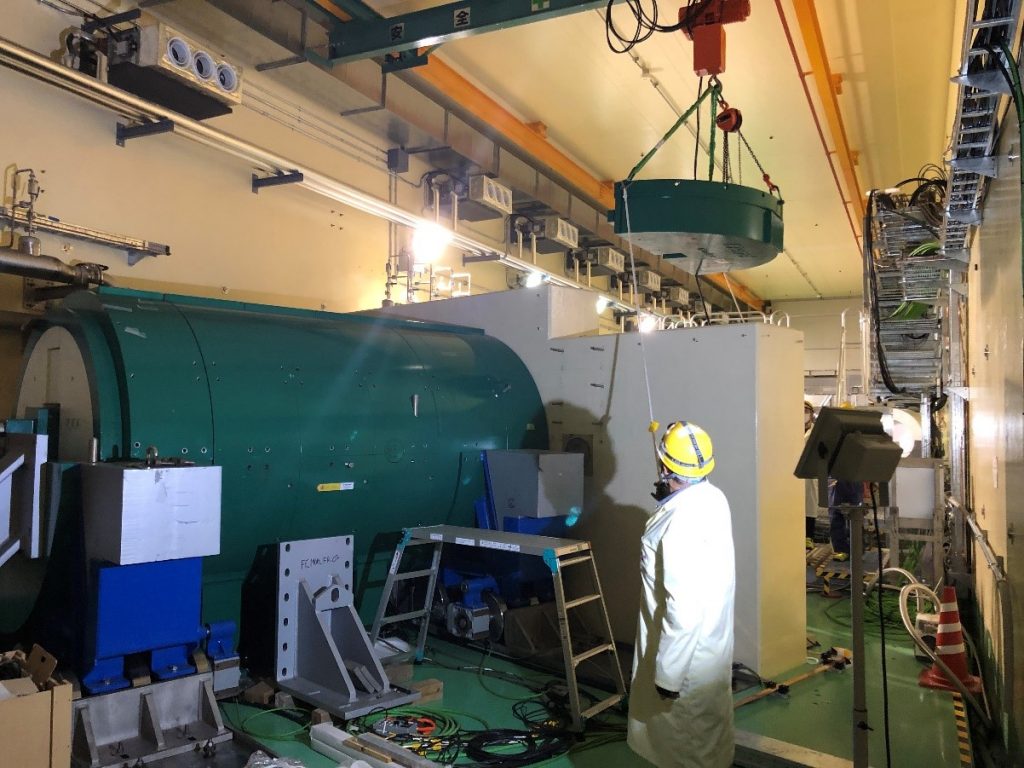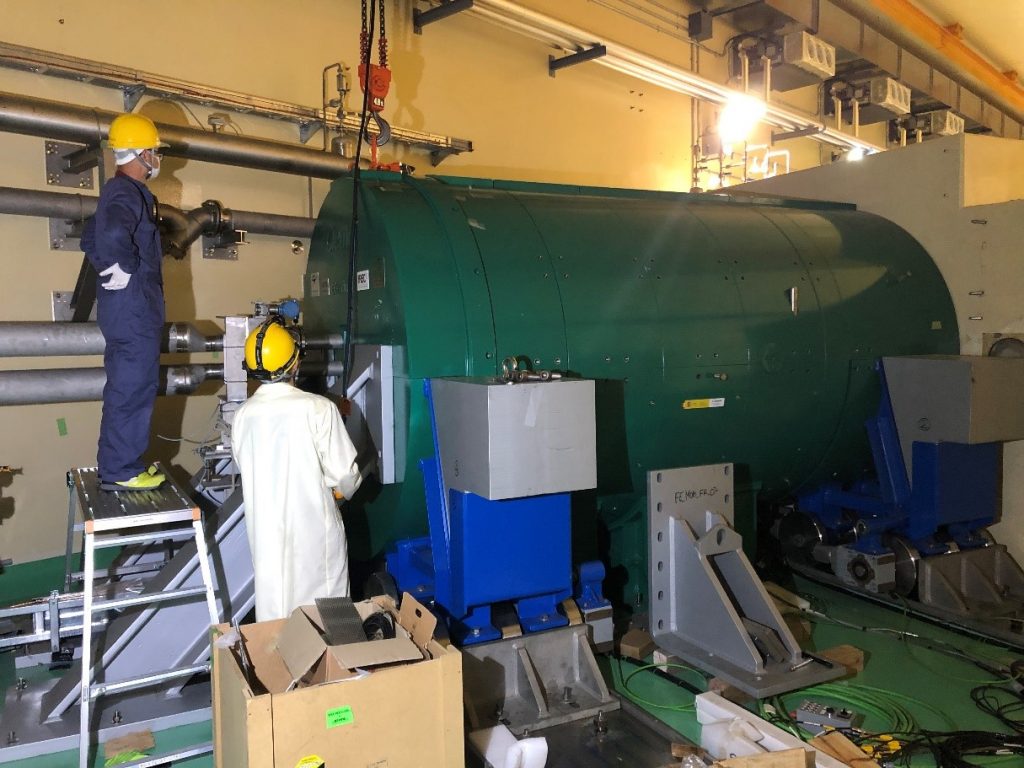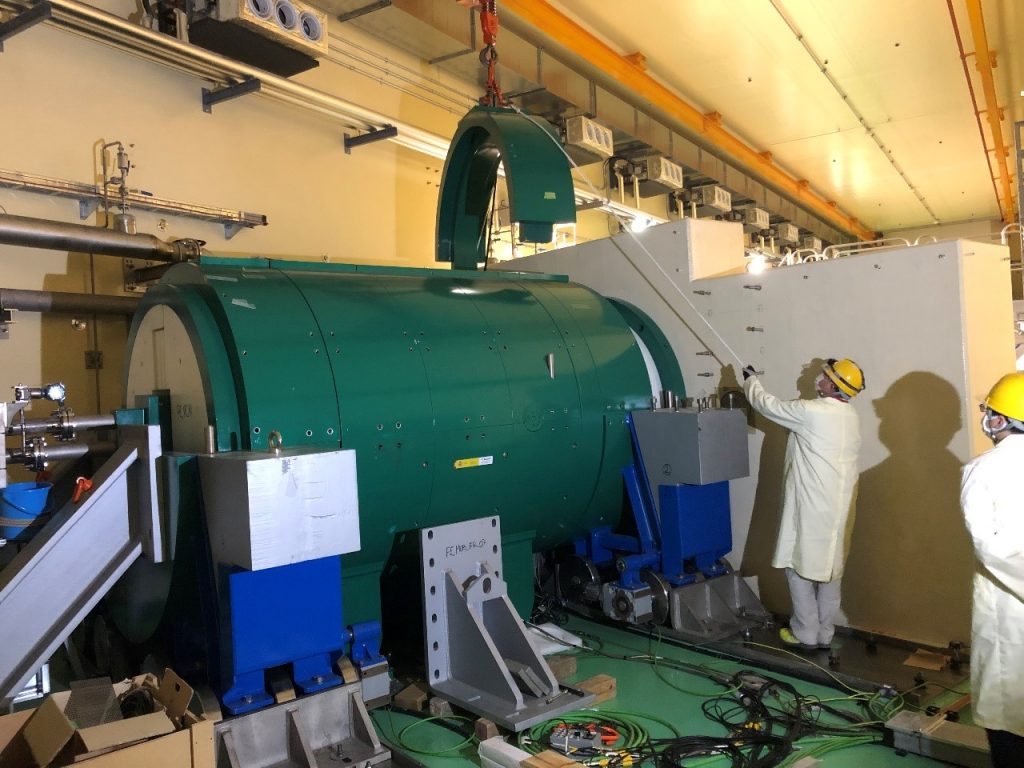These last weeks have been intense with beam operation onsite in Rokkasho.
During the daytime LIPAc beam operation was carried out with H+ beam.
During the night the RF-RFQ conditioning continued increasing the Duty Cycle. INFN joined the extra daily meeting in the evening (JST) and a plan for the night conditioning was agreed with the teams onsite.
Every Monday has been devoted to maintenance activities.
RFQ conditioning
RFQ conditioning resumed following the RFQ conditioning procedure.
Early November the RFQ conditioning reached 17.5% DC (with 3500us pulse at 50Hz). There was at this point a first series of arcs and vacuum events at the RFQ cavity, with temperature increase observed in RFQ coupler 3B.
Field flatness measurement were systematically done and INFN processed them to provide recommendations for the following steps. Upon INFN suggestion the automatic frequency following mode was implemented to continue increasing the DC.
The DC was progressively increased again to 15% during the week from 15 to 19 November and it reached 20% DC with pulse length 4ms, repetition rate 50Hz, voltage 125kV. Over the following WE the DC was increased up to 28% (pulse length from 3ms to 5ms, voltage 130-125kV).
In the last days RFQ cavity was more unstable and reflected waves from the cavity prevented rapid increase of DC during the night.
We are aiming now to get 30%DC.
Beam operation.
Beam operation was resumed on 12 November.
Until now beam operation has been performed with H+ beam extraction. We should switch to D+ beam next week.
A number of standard beam sessions were dedicated to optimize the injector source and LEBT solenoids and steerers parameters.
Several beam sessions were dedicated to understand an unusual beam shape observed at the LEBT ACCT. The RF timing setting was scanned but was confirmed not to be the cause.
Also, the IE voltage, LEBT cone repeller voltage and H+ gas flow rate in the source were scanned, but none of them was leading to clear changes in ACCT readings.
Kr gas flow was injected at the middle of LEBT to improve the space charge compensation of H+ beam (~12mA of H+ with additional ~9mA of other molecular ions) and following scanning of the flow rate and recording of the measured pulses were done.
Beam shape investigation was also performed operating w/o chopper (limiting beam current and pulse length to protect the Dplate slits and HEBT Faraday Cup). Beam shape was confirmed as expected (rough beam w/o chopper, not square shape), but compared to the operation with chopper the beam shape observed at LEBT and MEBT ACCT is the same (i.e. beam is transported through the RFQ w/o current loss in the cavity).
No clear dependencies have been identified between the scanned parameters and the beam shape at the ACCT. Data are being processed by beam physics group.
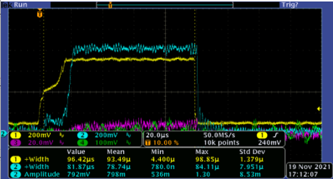
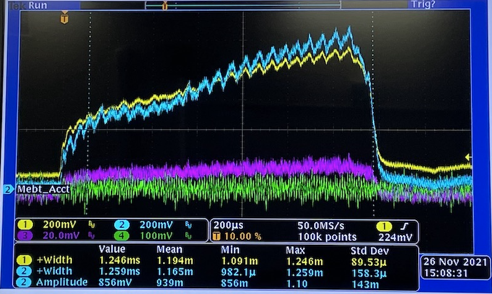
Several sessions were dedicated to check the functionality of the beam diagnostics. The diagnostic team struggled to control the proper motion and position of the HEBT Faraday Cup (CIEMAT was providing support remotely to sort out the issue).
The debugging of the Dplate and HEBT SEM grid took some time but was successful.
After tests with different timing settings also the FPM (fluorescence profile monitor) is now operative.
Once the diagnostic functionality was confirmed, the DPlate slit scan and the HEBT slit scan for determining the beam center and profile were systematically performed.
Experts struggled to complete the BPM (beam position monitors) calibration. Still a timing synchronization issue is under investigation but BPM are now operative.
A recabling was necessary to correct the MEBT BPM polarity. MEBT and MEL BPMs correct polarity and functionality was confirmed by kicking the beam with the steerers.
After confirmation of proper functionality of all diagnostics along the line, Beam Based Alignment was performed starting from the MEBT by steering progressively the beam and centering at the next quadrupole magnet. Some difficulties have been encountered in reproducing the beam position using the same settings of the previous day. This phenomena also needs some deeper investigations.
Last Friday we performed the centering of the beam along the line and we transported the H+ beam up to the BD: we switched then to D+ operation until the end of the operation on 17/12/2021.
Disclaimer: the information reported is not meant to be technically complete and doesn’t cover all the activities currently carried out on LIPAc.





